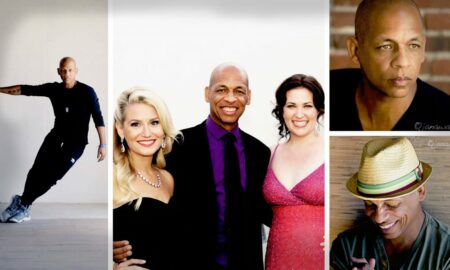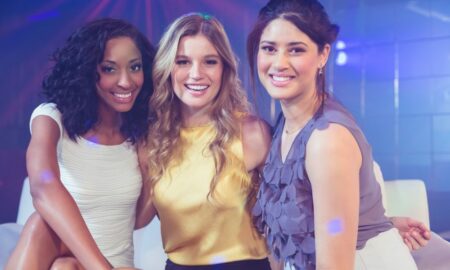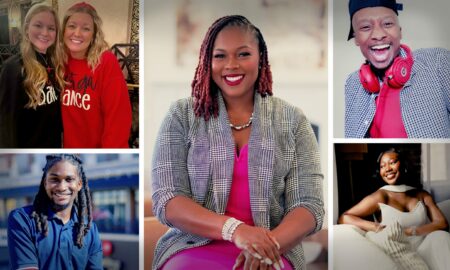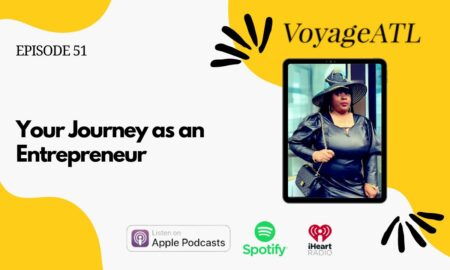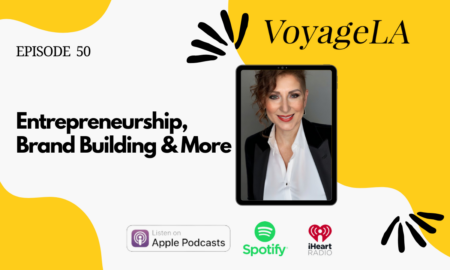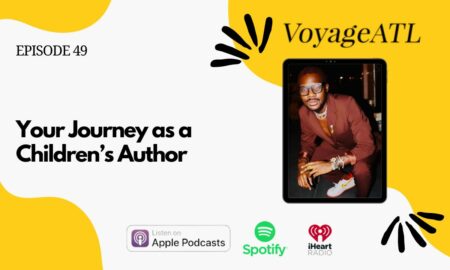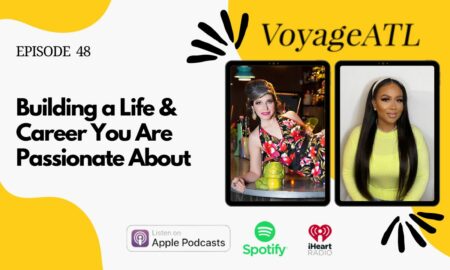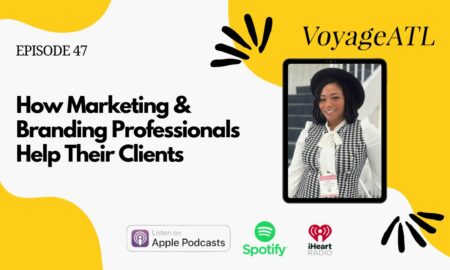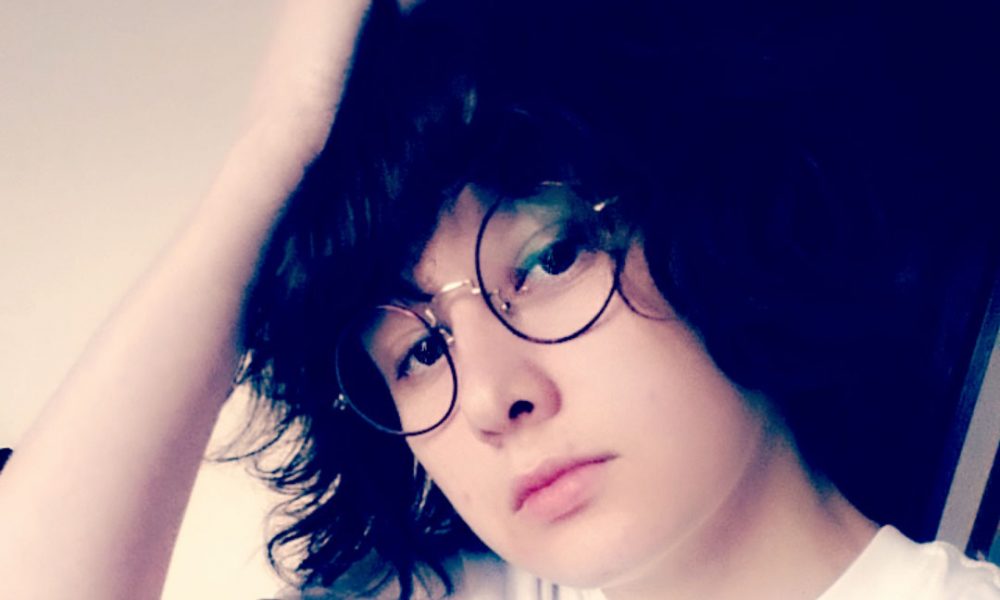

Today we’d like to introduce you to Sydney Seekford.
So, before we jump into specific questions about the business, why don’t you give us some details about you and your story.
SCAD was a school that I’d heard about from friends, so it became the natural choice for my degree. In the summer preceding my first quarter at university, I had the opportunity to live with a friend from Shanghai for several weeks. I had traveled before, but it was unlike anywhere else I’d ever been and planted a seed that would grow during my time in college. As a sophomore, I studied abroad in Hong Kong. I just took relatively easy classes and spent lots of time wandering and meeting complete strangers. I won a sidewalk-chalk arts competition and was commissioned to design a mural for a French cafe in Kennedytown (I’m not sure it ever got painted, but hey!)… but I also came to realize what it was that I had found so special and wonderful about Shanghai: the characters. Characters were plastered onto every surface-mugs, advertisements, handbags, t-shirts, cars, billboards… everything. And not only for children and families! Characters weren’t treated like a novelty to be enjoyed by children or something to be loved only in the context of theme parks. Characters didn’t have their own “separate sphere”. They were allowed and encouraged to mingle with everyday life selling food and bus tickets and making the world a generally more pleasant place. Only having stores like Hot Topic and the mascots that dance to encourage you to buy cell service in the states doesn’t give me much to compare it to-but it really is quite amazing. That was sort of the last push I needed to be able to find a path and a passion with what I wanted to do-and to this day, I am still working on straightening up that path.
I started at SCAD wanting to be a character designer, which was great because I had a talent for it! But as my knowledge of the industry grew and I watched my peers improve their skills and find their focus, I became disillusioned. I realized that no matter how good I was, I didn’t have that artistic spirit that drives people to put in 16 hours a day drawing in-betweens and finessing linework on a single 15-second shot from a 2 hour animated film. I didn’t want to be an animator and I was terrified that I would never, ever be employable. But I had something else that, as far as I knew, none of my classmates cared about. I was so lucky that one of my professors, a former Disney animator, shared that interest and he gave it a name for me too, “licensing.” He got me in contact with KidScreen, a children’s IP licensing news-network and I had the opportunity to volunteer at their summit. I began to follow LicenseGlobal and read articles about localization and content acquisitions and mergers like the Disney-Fox event. I was surprised to learn that I loved it, and could stay engaged, and could use that passion to make my own designs better. I had the background information to know how and why characters were shown in a certain way in certain settings and I had a love for the medium, so when I went back to my own drawing board it was so much easier to add appeal and see the avenues and opportunities for those ideas. Now, I look up to people who hold the titles “manager of international and localized content” “art director of branded content” “international brand manager”… people who might never have drawn in their life, who know what people want and who have the power to get it in their hands. To become someone like that, I am taking all the artistic know-how from my bachelors, and translating it into the professional sphere-a goal that I am still striving towards.
Has it been a smooth road?
I was known as a “smart kid”-this isn’t really very special nowadays that everyone is in a magnet school or honors program but I probably took it more personally than I should have. I thought that meant that I had been ordained by fate to commit my life to STEM and learn to love it because I was good at it. Smart = STEM. I figured I was supposed to go into research or data analytics or something very math heavy and probably lab-coat involving. And frankly, part of that pressure came from being a girl-not even a young woman yet- and feeling like if I did not take up a traditionally masculine role then I was a failure to women’s rights activists everywhere. Here the world was opening up all these doors for girls to get into STEM and coding careers and I was snubbing them! How dare I! But, I eventually got over it. I realized I don’t have to feel guilty for wanting the career I want–most famous artists are men too, and being pressured to be a certain type of girl or even person is plenty toxic itself. Art can be approached from so many standpoints; animation takes talent and creativity, yes, but it takes some inherent problem solving and mathematical understanding and the different balances of those skills between people means that everyone will approach a project differently. Which is ok! Good even. I know that my background makes my art a little different, maybe a little more corporate, maybe a little too this or that but it’s still valuable. Just as valuable as the artist who wears her heart on her sleeve.
We’d love to hear more about your business.
I definitely specialize in projects that revolve around creating character and personality, and I’m really proud to have a good sense of how to do that well. I think that, whether it’s a character from a TV-show or movie or it’s creating a brand image that really sticks with consumers, having a strong sense of appeal and balance is super important! Being able to translate that sense between the fine art and entertainment world and the business/consumer-directed world is pretty unusual, I think. Because of that, I ended up really training my eye to appreciate the use of mascots and immersive branding tactics that you see with massive East-Asian brands like SAN-X.
I know that a lot of artists struggle with making content that is not audience-focused enough because art is usually seen as a reflection of the artist and it’s supposed to be full of all this emotion and meaning and personal taste. My art never really suffered from that? It was always a job, there was always a goal and I don’t really think art is all that fun or rewarding without an audience. Even thinking back to the great Renaissance artists, most of that work that we study and ogle in museums was commissioned- those artists didn’t just make giant statues of David for fun, it was done for a client. Honestly, I almost never do personal art but I am more than happy to take requests as practice instead- which is something that a lot of artists shy away from. I figure, if I’m not really willing to draw for my own pleasure, then in order to practice and improve I need to be directing that art into the social sphere-whether I’m getting paid for it or not. I think that mindset translates into my love for licensing as well- I don’t care so much about the “depth” of the project, I want things that are enjoyable to be available to as many people as want to enjoy it.
Do you feel like there was something about the experiences you had growing up that played an outsized role in setting you up for success later in life?
I absolutely did not expect that I would end up drawing for a living when I was a kid-in fact, I spent most of my young life wanting to splice genes and analyze dinosaur bones! It’s not that I didn’t like drawing, but I thought that I would be doing myself a disservice if I planned to commit my life to it. “Starving Artist” status, and all. It might even make it worse to say that I fell in love with art because someone fell in love with me, but that is the truth. As a middle schooler, I was confessed to via Nintendo DS Flipnote animations, over the course of /months/ by my best friend. Over time, the animations grew on me. They became personal stories for me that were more full and bright on that little 16-bit screen than entire novels. Because it wasn’t just words, I could see in real time how things were unfolding-even if those things were poorly drawn cats confessing their love to other poorly drawn cats. I had only seen animation in the context of Disney and theaters and sitting in the dark with strangers, so the idea that it could be a personal endeavor was endearing to me. Perhaps middle school doesn’t count as “childhood”, but without those little animations my now boyfriend of 7 years made, I probably never would have considered a career in entertainment at all. That’s not to say that I didn’t draw or like art before I was 12 or 13, because apparently, I got in trouble all the time for drawing on my notes in class (I don’t remember, my mother tells me this was the case!). And I was really very privileged to have the opportunity to foster that skill as a child, because as long as my grades stayed A’s, my parents didn’t mind much.
Contact Info:
- Website: sydneysideup.net
- Email: sseekford1118@gmail.com
- Instagram: eggs0vereasy on Instagram






 Image Credit:
Image Credit:
ALTERNATIVE PERSONAL PHOTOGRAPH
Daniel and Smee – Screencap of Tutorial >SKIP?, a film by Thy Vo, Sydney Seekford, and Ryan Imm
FRYDAY-illustrated by Sydney Seekford, property of Arigato Japan Food Tours
Daniel Shape Guide- by Sydney Seekford, internal reference for Tutorial >SKIP?
Velma (Chicago)- by Sydney Seekford, Character Design Splash Art
“Joey” The Rat- by Sydney Seekford
Snapchat Filter Art- First Prize-winning sidewalk chalk illustration by Sydney Seekford
Getting in touch: VoyageATL is built on recommendations from the community; it’s how we uncover hidden gems, so if you know someone who deserves recognition please let us know here.



